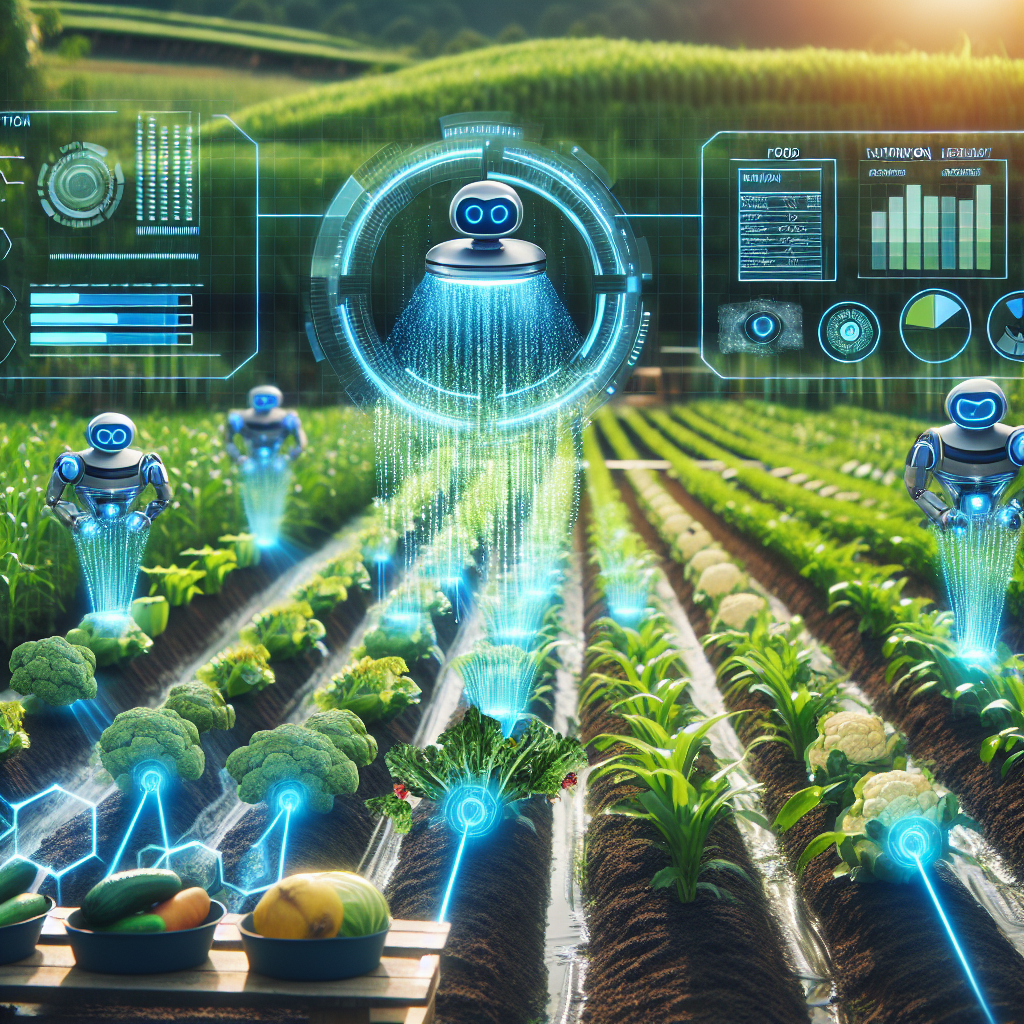Food labeling is a critical component of the agriculture industry, as it provides consumers with important information about the products they are purchasing. However, traditional food labeling methods can be time-consuming and prone to error. With the advancement of technology, particularly artificial intelligence (AI), there is an opportunity to enhance food labeling in agriculture to improve accuracy, efficiency, and transparency.
AI has the potential to revolutionize the way food labeling is done in agriculture. By utilizing AI algorithms, farmers and food producers can automate the process of labeling their products, ensuring that accurate and up-to-date information is provided to consumers. This can help improve trust and transparency in the food supply chain, as well as streamline the labeling process for farmers and producers.
One of the key ways AI can enhance food labeling in agriculture is through image recognition technology. By using AI algorithms to analyze images of food products, farmers and producers can quickly and accurately identify key characteristics of their products, such as size, shape, color, and texture. This information can then be used to generate accurate and detailed labels for the products, ensuring that consumers have access to all the information they need to make informed purchasing decisions.
In addition to image recognition technology, AI can also be used to analyze data from sensors and other sources to provide real-time information about the quality and freshness of food products. This information can be incorporated into food labels to give consumers assurance that the products they are purchasing are of high quality and safe to consume.
Furthermore, AI can help farmers and producers comply with regulatory requirements by automatically generating labels that meet the necessary standards. This can help reduce the risk of human error and ensure that all labeling requirements are met, saving time and resources for farmers and producers.
Overall, the use of AI in food labeling in agriculture has the potential to improve accuracy, efficiency, and transparency in the food supply chain. By automating the labeling process and providing consumers with more detailed and accurate information about the products they are purchasing, AI can help build trust and confidence in the food industry.
FAQs:
Q: How does AI improve food labeling in agriculture?
A: AI can improve food labeling in agriculture by automating the process of labeling products, analyzing images and data to provide accurate information, and ensuring compliance with regulatory requirements.
Q: What are the benefits of using AI for food labeling in agriculture?
A: The benefits of using AI for food labeling in agriculture include improved accuracy, efficiency, and transparency in the food supply chain, as well as reduced risk of human error and compliance with regulatory requirements.
Q: Will AI replace traditional food labeling methods?
A: While AI can enhance traditional food labeling methods, it is unlikely to completely replace them. Instead, AI can be used to complement and improve existing labeling practices in agriculture.
Q: Is AI technology expensive to implement for food labeling in agriculture?
A: The cost of implementing AI technology for food labeling in agriculture can vary depending on the size and scale of the operation. However, the benefits of using AI, such as improved accuracy and efficiency, may outweigh the initial costs of implementation.
Q: How can farmers and producers benefit from using AI for food labeling?
A: Farmers and producers can benefit from using AI for food labeling by automating the labeling process, improving accuracy and compliance with regulatory requirements, and providing consumers with more detailed and accurate information about their products.

